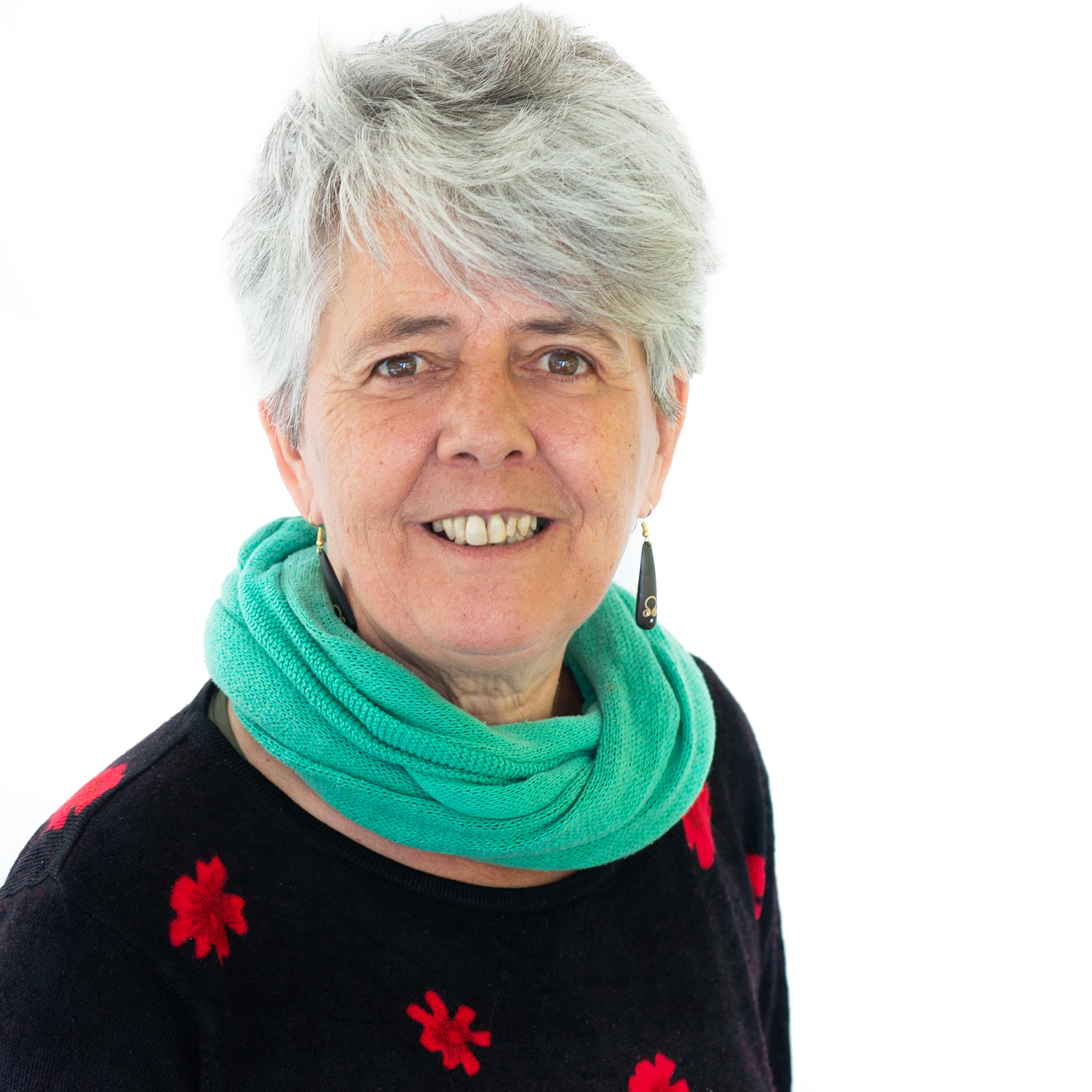Land Acquisition Fund: urgent action prevents mining in…
05 April, 2024
Tuesday 19 may 2020
Header photo: Members of civil society organisations follow a workshop on community engagement. © Doh Eain
Local communities are not always involved in the decision-making processes about their landscape and natural environment. Evelien van den Broek, Senior Expert Environmental Justice at IUCN NL, explains: ‘Including communities in these processes is important, as these groups have extensive local knowledge and are vulnerable to any changes that are made to their natural resources.’
Inclusiveness is also important on the level of communities. Communities are not homogenous — there are many different people with different positions, assets and interests. When working with communities and planning for sustainable use of natural resources and for sustainable livelihoods, all of these interests should be clear and taken into account. Failing to do so may result in injustice and future conflicts or may even deprive people of their livelihoods. But how can we ensure that all of these different interests are considered? With our partner organizations in Myanmar, we reflected on the stages in and tools for inclusive community engagement.
Since the ceasefire in 2015, the Tanintharyi region in Myanmar has seen a sharp increase in oil palm plantations and mining. After decades of violent conflict, the Indigenous Karen communities are trying to rebuild their lives. For generations, the Karen people took care of their forests on which their livelihoods are built, but these are now under threat from the influx of investors as the state has opened its markets to foreign investors and pursues policies to increase the exploitation of natural resources.
IUCN NL’s partner organizations in Myanmar want to support the local communities to rebuild their lives and protect the ecosystems that are part of it. Van den Broek says: ‘They asked us if there were methods to effectively engage with communities.’
IUCN NL joined forces with Doh Eain, an organization in Yangon, the biggest city in Myanmar where, among others, they run a Green Alleys program. Doh Eain has a lot of experience in working with local communities and empowering marginalized groups. They do so through a participatory design approach called Placemaking, which places emphasis on early engagement of the community as well as other stakeholders such as government and businesses.
Doh Eain developed a workshop on inclusive community engagement for five local partner organizations that all work closely with communities in Tanintharyi. The goal of the four-day workshop was to reflect on the concepts of engagement and inclusion, how the civil society organizations are already practicing it and how they can play the role of facilitator in the engagement process.
The issues that were discussed ranged from the definition of community engagement to the different ways and methods in which this engagement can be approached. The participants also identified and discussed the different phases in designing an inclusive community engagement approach, and learned how they could apply this in their own programs.
Wai Naing Oo of partner organization Trip Net took part in the workshop and found it very valuable: ‘Before, I only knew how to consult the community, but not how to facilitate their participation.’ Zar Phyu Maung of Myeik Lawyers’ Network agreed, saying ‘I have learnt how to engage with communities and how to run our projects more systematically.’

